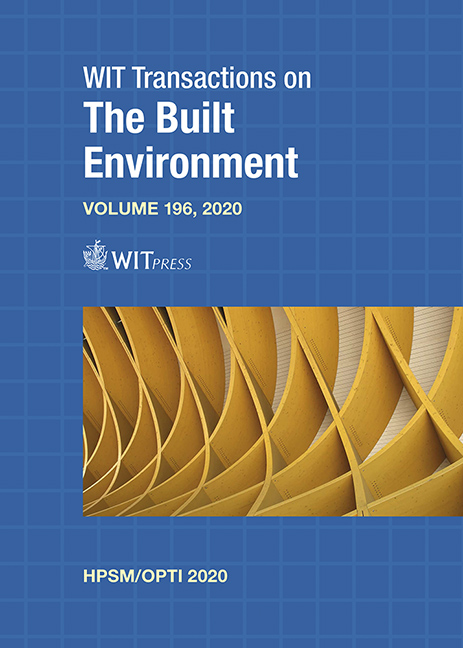MECHANICAL PROPERTIES OF JUTE FIBER USING THE HEAT TREATMENT METHOD
Price
Free (open access)
Transaction
Volume
196
Pages
8
Page Range
61 - 68
Published
2020
Paper DOI
10.2495/HPSM200071
Copyright
WIT Press
Author(s)
TSUKASA NAGASAKA, KENICHI TAKEMURA, KOKI MATSUMOTO, HIDEAKI KATOGI
Abstract
Recently, there has been a serious environmental problem with waste disposal. For fiber reinforced composite, natural fibers such as bamboo kenaf, jute, and hemp fibers are focused on instead of using glass fibers. The study of mechanical properties of these composites has been conducted. The number of papers for green composite is much increased. Jute fibers have been used as reinforcement of composite because of the huge market and low cost. But natural fibers might have poor properties under high temperature environments. So, in this study, heat treatment was applied to jute fibers. TGA-50 (Shimadzu Co.) is also used to measure the mass loss of jute fiber. The temperature range is from room temperature to 550°C. The increase rate of the temperature is 10° per minute. The following conclusions have been obtained from this study: (1) The mass of jute fibers decreases over 260°C the mass-loss rate becomes small over 330°C. The cellulose decomposed between 290°C and 330°C. And lignin decomposed between 260°C and 450°C; (2) Debonding between longitudinal fibers occurs at 260°C. The debonding becomes big at 320°C; and (3) As the heat treatment temperature increases, tensile strength and stiffness decreases due to cracks at the fiber surface.
Keywords
natural fiber, jute fiber, heat treatment, tensile property, strength





